
Special Listing for JS White Hart Richard II Embroidered Etsy
Richard II of England reigned as king from 1377 to 1399 CE. The son of the late Edward the Black Prince (1330-1376 CE), Richard would succeed his grandfather Edward III of England (r. 1327-1377 CE), but as he was only 10 years of age, he initially had to co-rule with his most powerful barons.
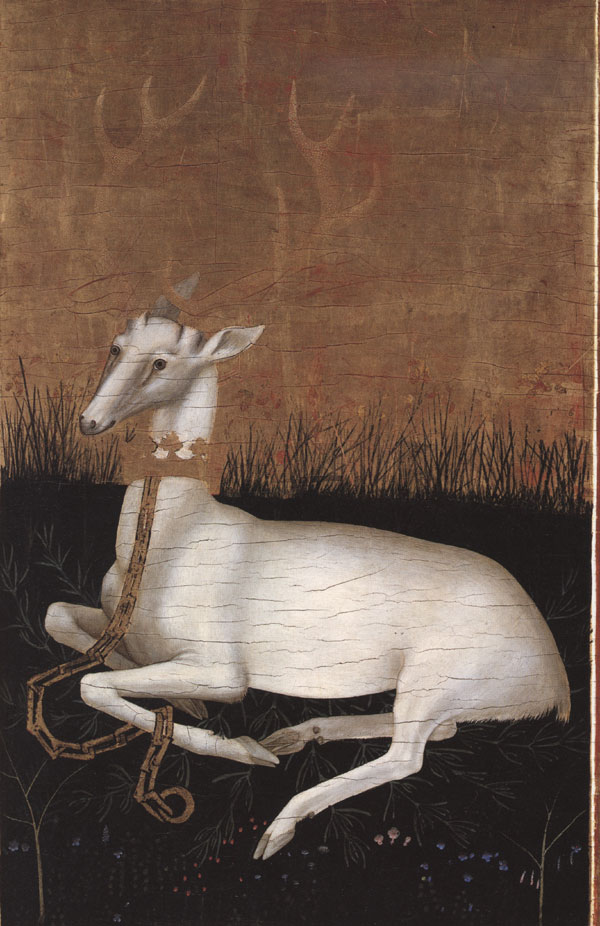
St Edmundsbury Local History St Edmundsbury From 1215 1539
Richard II: King of the White Hart When Richard II succeeded his grandfather, Edward III, he turned to alchemy to create a more pious ideal of kingship. Though his reign ended in failure, it left us one of medieval England's most enduring and complex images. Jonathan Hughes explores its symbolism. A King's Tomb
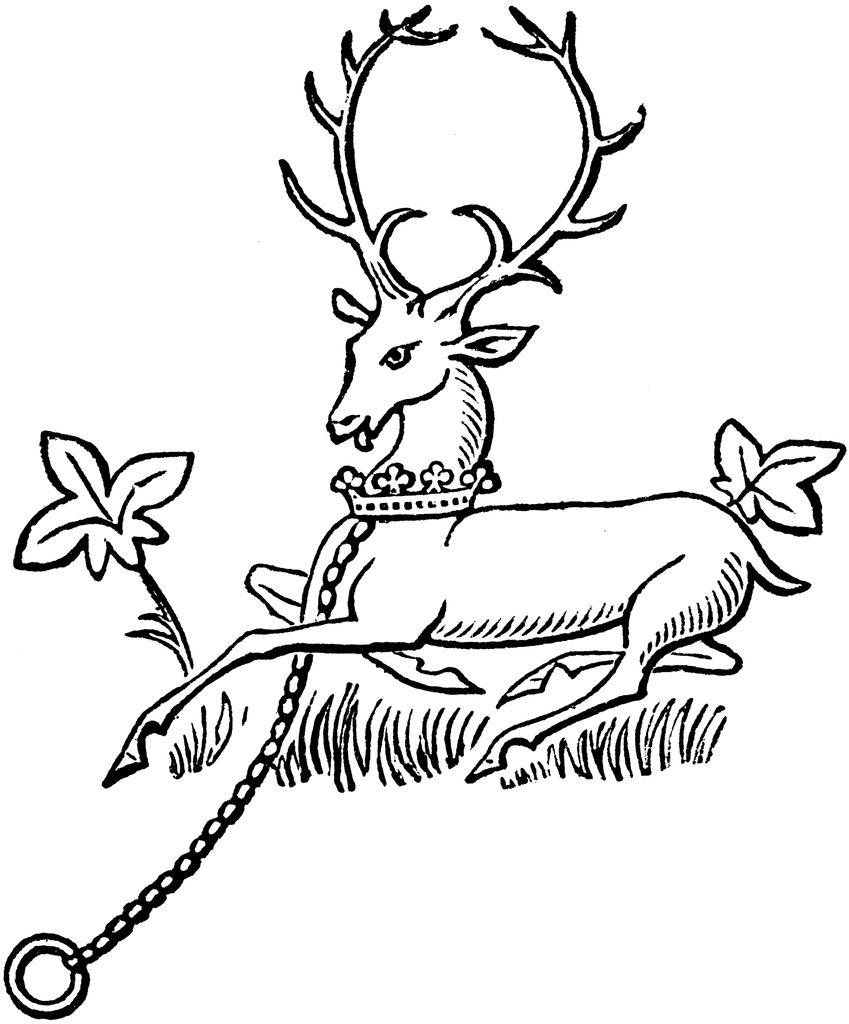
The White Hart ClipArt ETC
This sign was the badge of Richard II. The legends of the White Hart with the golden collar date back to remote antiquity. White Hart Alley. South out of Leadenhall Street, in Aldgate Ward (Strype, ed. 1755-Boyle, 1799). Former name: "White Hart Court" (Rocque, 1746). Site now occupied by offices and chambers, etc. White Hart Alley, Long Lane
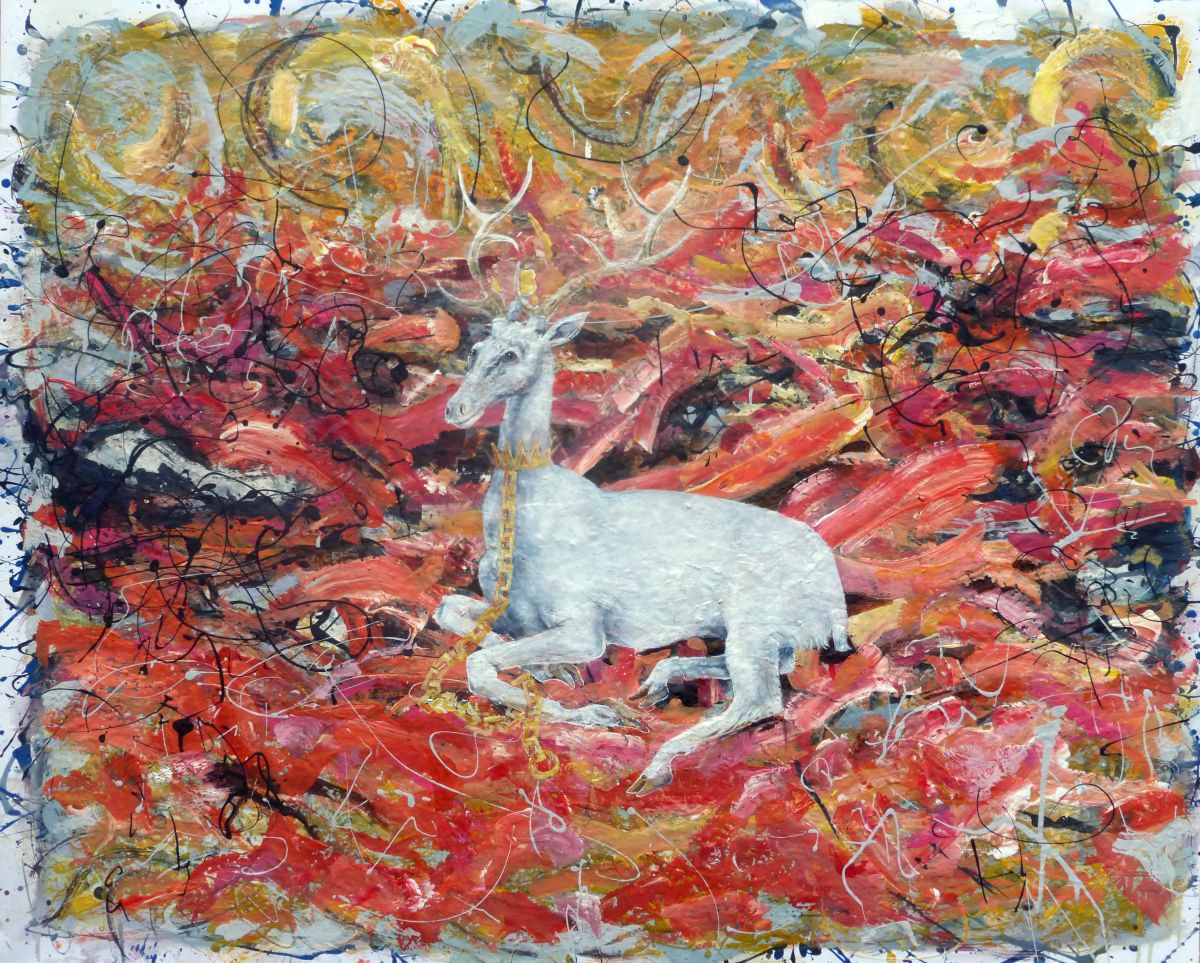
England The White Hart of Richard II Artfinder
The Westminster Portrait. The over life-size portrait which now hangs in the nave of Westminster Abbey depicts Richard as a fully mature man with a small forked beard. The anonymous portrait is painted in a linseed oil medium on panel. It probably dates from the 1390s, but was heavily restored in 1732 and again in 1866, making it hard to judge.
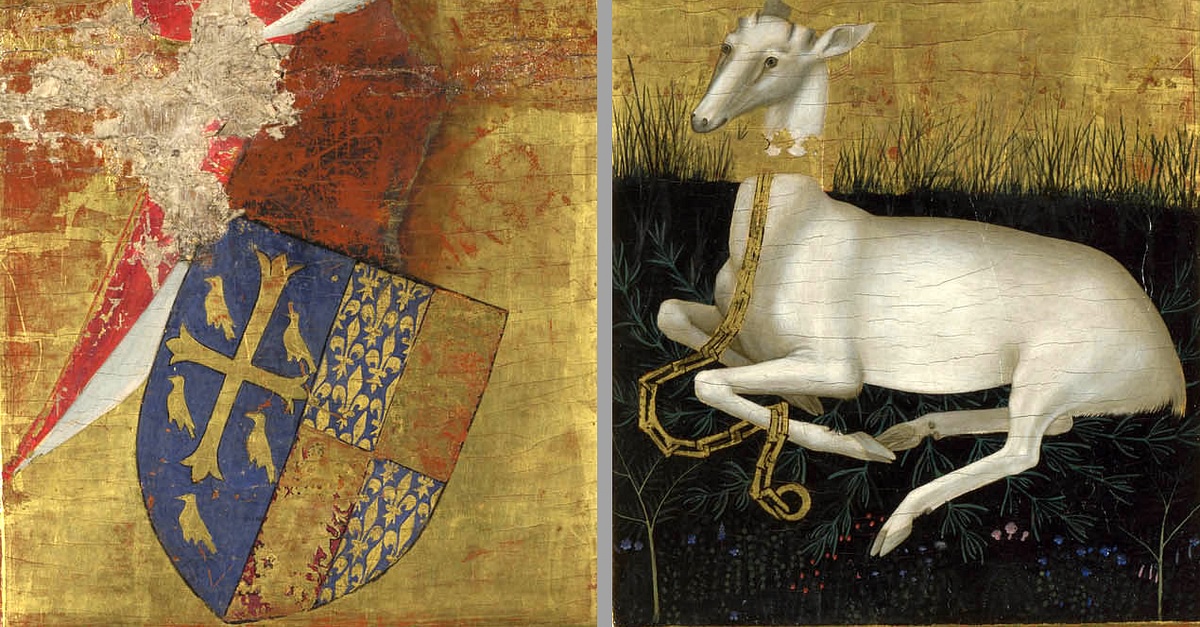
Arms & White Hart of Richard II of England (Illustration) World
The White Hart ("hart" being an archaic word for a mature stag) was the personal badge of Richard II, who probably derived it from the arms of his mother, Joan "The Fair Maid of Kent", heiress of Edmund of Woodstock. It may also have been a pun on his name, as in "Rich-hart". [1]

Study for a White Hart II Mary Jane Ansell
White hart. The King's personal emblem, the white hart, was repeated along the Hall's string course, and the roof was decorated with 26 angels carved out of solid beam.. By a strange twist of fate, the first event in the remodelled Hall was Richard II's own deposition on 30 September 1399. Did you know? In 1389, Richard II appointed Geoffrey.

The White Hart The 'White Hart' was the emblem of Richard … Flickr
Richard II (born January 6, 1367, Bordeaux [France]—died February 1400, Pontefract, Yorkshire [now in West Yorkshire], England) king of England from 1377 to 1399. An ambitious ruler with a lofty conception of the royal office, he was deposed by his cousin Henry Bolingbroke ( Henry IV) because of his arbitrary and factional rule. Early years
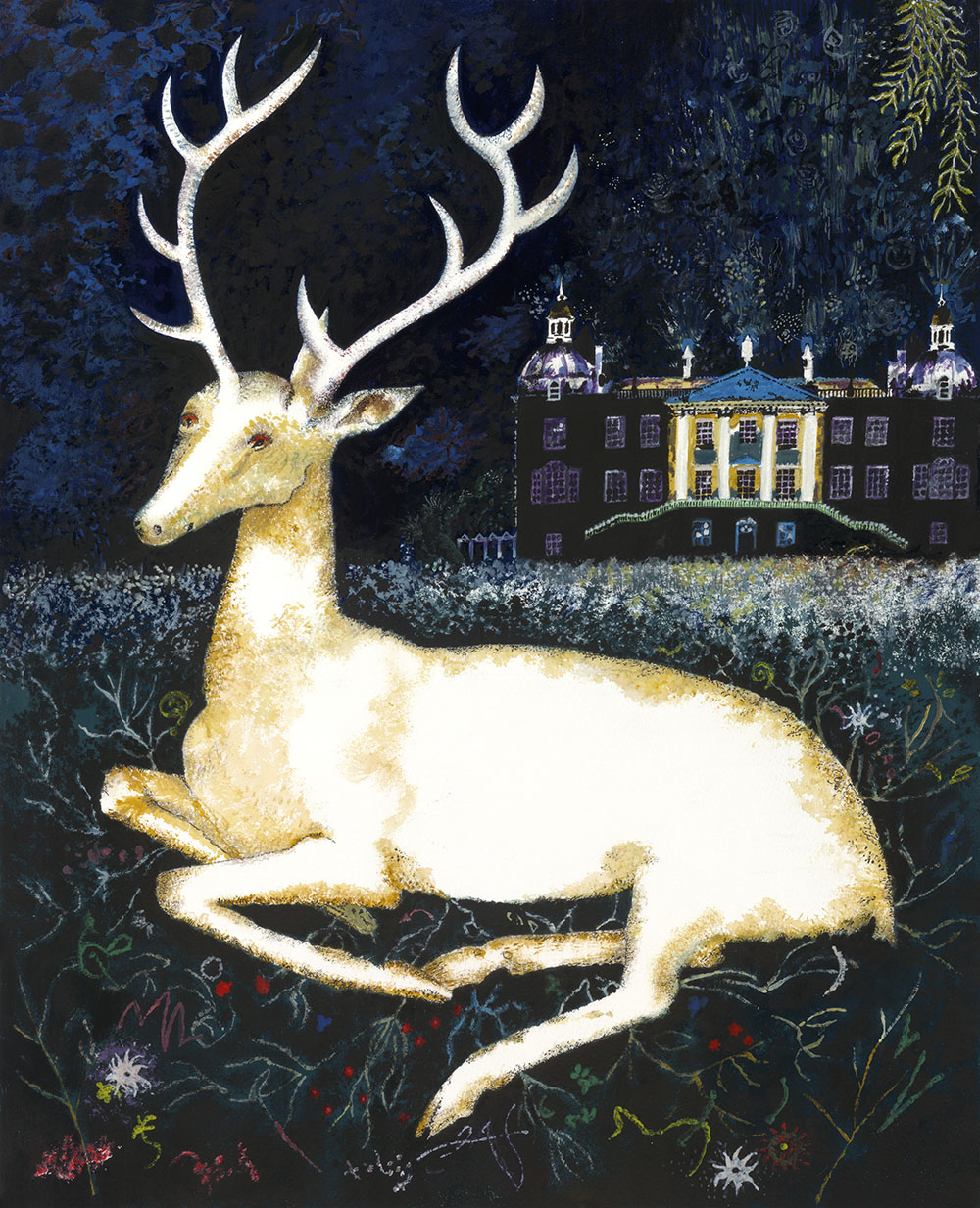
THE SIGN OF THE WHITE HART The Red Dot Gallery
This rare example of medieval painting appears to have been created for King Richard II of England (lived 1367-1400; reigned 1377-99), since he is shown as the donor, and takes its name from Wilton House, the stately home of the Earls of Pembroke who owned the diptych for two centuries.

Richard II White Hart White stag 영국의 왕실 배지, Richard Ii, 드 렸 어 요, 포유 동물
The white hart's reputation improved in Arthurian legends, where its appearance was a sign to Arthur and his knights that it was time to embark on a quest - it was considered the one animal.

‘Richard II’ Review A Radio King With a Tottering Crown Richard ii
The White Hart ("hart" being an archaic word for a mature stag) was the personal badge of Richard II, who probably derived it from the arms of his mother, Joan "The Fair Maid of Kent", heiress of Edmund of Woodstock. It may also have been a pun on his name, as in "Rich-hart".

The white hart of richard ii hires stock photography and images Alamy
The most important wall paintings in the Abbey are from the late 13th century i.e. the figure of St Faith in her chapel and the figures of Christ with St Thomas and St Christopher in the south transept. The series of 14th century paintings of the Apocalypse and the Last Judgement in the Chapter House are the most extensive. St Faith
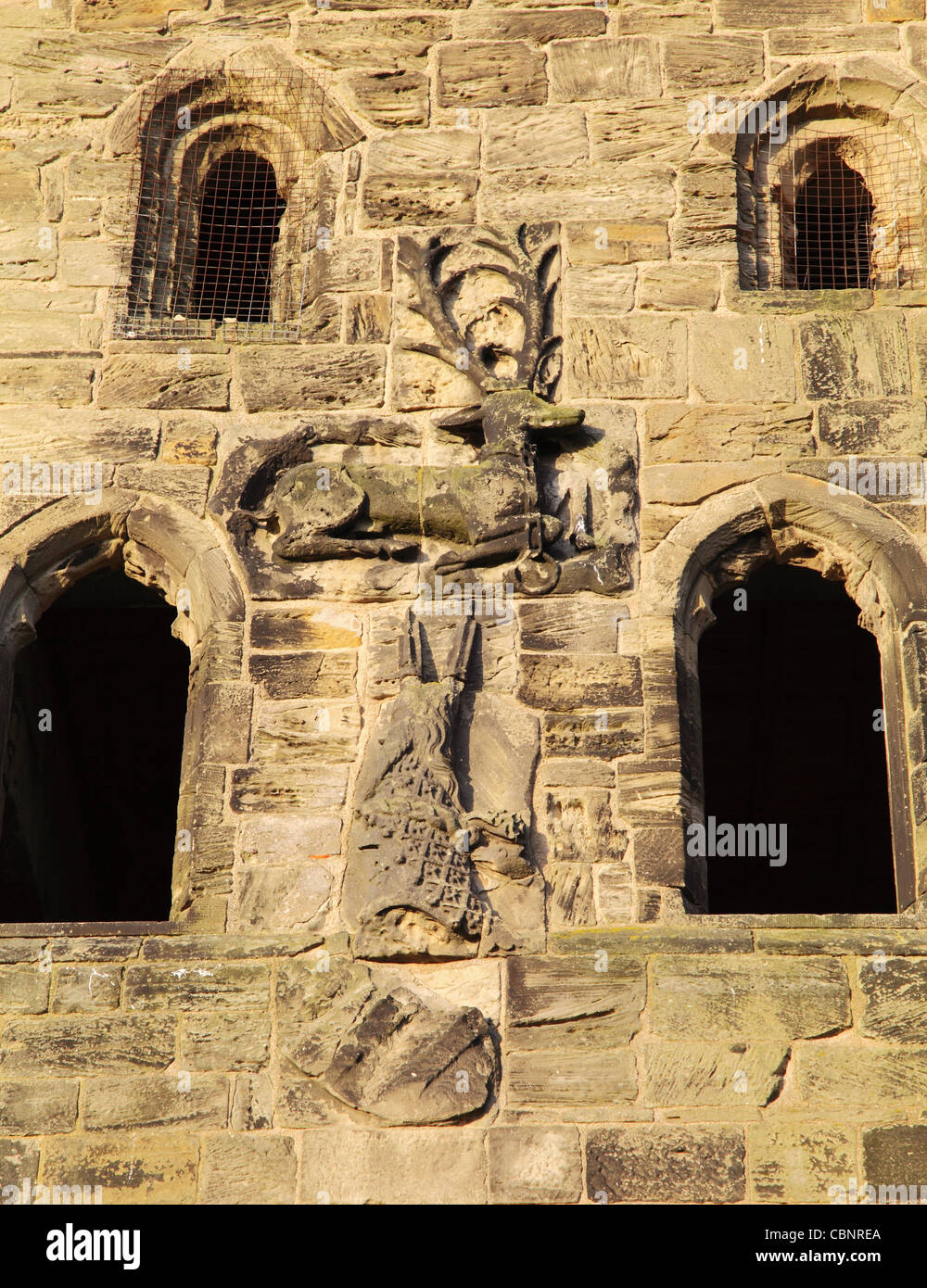
The white hart of richard ii hires stock photography and images Alamy
From 10 May 2024 Find out more about National Treasures chevron_right English or French (?), The Wilton Diptych, about 1395-9. Read about this painting, learn the key facts and zoom in to discover more.

Richard ii portrait Black and White Stock Photos & Images Alamy
Richard II: King of the White Hart When Richard II succeeded his grandfather, Edward III, he turned to alchemy to create a more pious ideal of kingship. Though his reign ended in failure, it left us one of medieval England's most enduring and complex images. Jonathan Hughes explores its symbolism.

Richard Hart
The white hart was an important symbol for Richard II, and he gave white hart badges to members of his inner circle. White harts also commonly appeared as the supporters in Richard's coat of arms. For more information on the Wilton Diptych, see Dillian Gordon's Making and Meaning: The Wilton Diptych (London, National Gallery Company Ltd., 1993).

Richard II GreenStage
published on 22 January 2020 Download Full Size Image The mythical coat of arms and white hart symbol of Richard II of England (r. 1377-1399 CE). From the back of the Wilton diptych, a painted panel created c. 1395-99 CE. (National Gallery, London) Remove Ads Advertisement License & Copyright

SchoolFlemish.The Wilton Diptych, detail, right verso the white hart
The White Hart was the badge of King Richard II of England, who probably derived it from the arms of his mother, Joan "The Fair Maid of Kent", heiress of Edmund of Woodstock. It may also have been a pun on his name, as in "Rich-hart". [6]